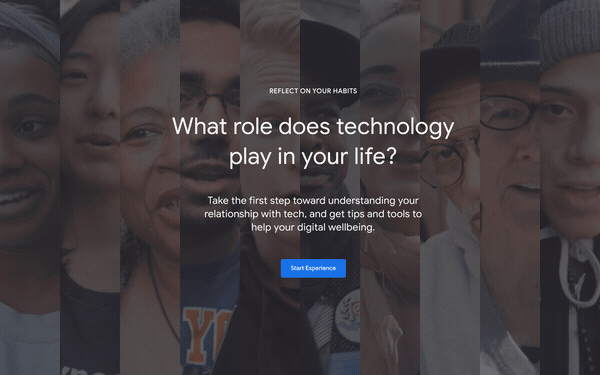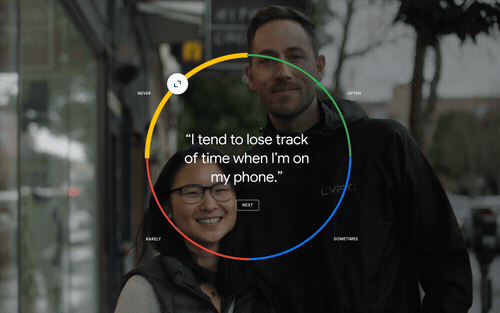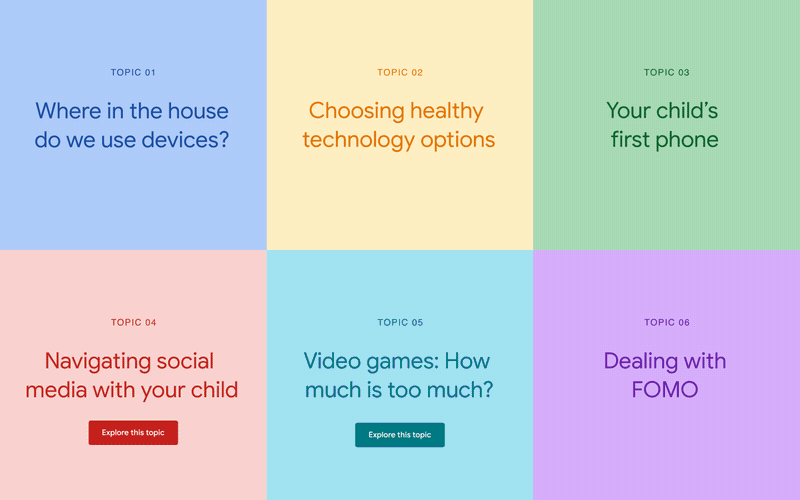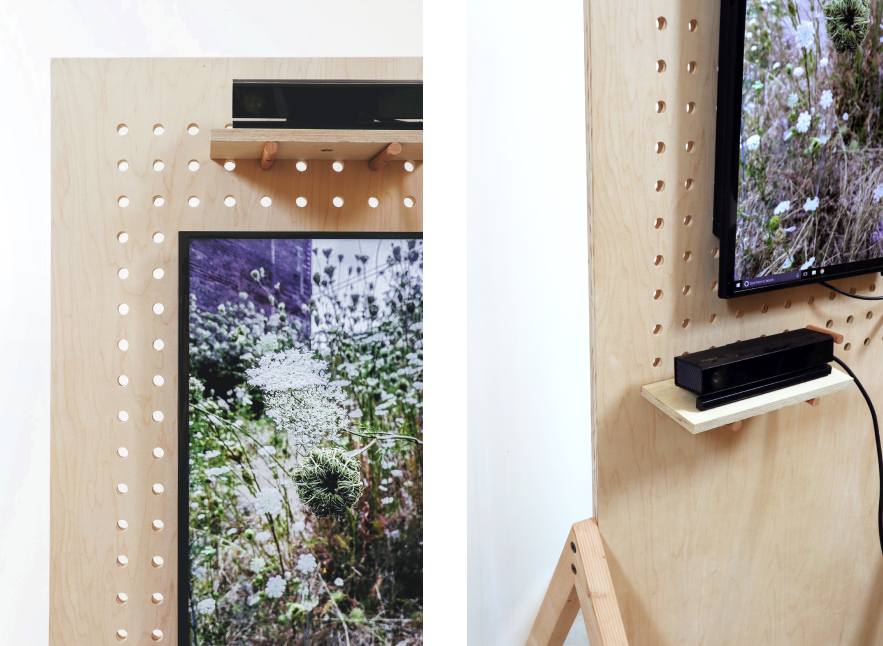Digital Wellbeing
GoogleInstrument
2020
A collection of actionable tools, tips and stories to help people on their journey towards a more balanced relationship with technology.

Google believes that technology should improve life, not distract from it. To increase awareness of this belief, Instrument helped Google launch Digital Wellbeing—a collection of actionable tools, tips and stories to help people on their journey towards a more balanced relationship with technology.
The concept of digital wellbeing is still relatively new to the zeitgeist, but the process of finding a healthy balance with technology is something many of us undertake. Even though Google already offers many tools to help navigate our relationship with technology, one size does not fit all.
The Digital Wellbeing website is an effort to re-contextualize Google’s already existing tools into concrete, human experiences that feel relevant and useful.
The concept of digital wellbeing is still relatively new to the zeitgeist, but the process of finding a healthy balance with technology is something many of us undertake. Even though Google already offers many tools to help navigate our relationship with technology, one size does not fit all.
The Digital Wellbeing website is an effort to re-contextualize Google’s already existing tools into concrete, human experiences that feel relevant and useful.





As a key part of our strategy, we conducted a series of impromptu interviews in cities around the United States, asking questions like “What’s the first thing you do when you wake up?” and “What distracts you the most in life?” These answers not only fueled our direction for the work but also created a humanizing community backdrop for users to contextualise within when reflecting on their own behaviours.
In building an immersive experience that would help users reflect, we sought to carefully balance Google’s brand and also the humanist approach of the site itself. We sought to create an experience that would fit comfortably within Google’s design library while providing interactivity and a novel approach.
In building an immersive experience that would help users reflect, we sought to carefully balance Google’s brand and also the humanist approach of the site itself. We sought to create an experience that would fit comfortably within Google’s design library while providing interactivity and a novel approach.


To supplement our collection of impromptu interviews, we also spoke to experts in the fields of psychology, technology, family therapy, and science. This pairing was an opportunity to surface people’s concerns as well as hint at some of the solutions the website has to offer.


While digging into the research and speaking to experts, we realized that parents needed an entirely different set of tools. The real problem parents face is how to talk about technology with their kids; when is the right time to get a first phone, or how do you educate kids on using technology responsibly?
Our family guide interactive experience aims to simplify reflection by providing a set of conversation starters, allowing parents to tailor the examples and phrasing to fit the maturity level and language of their child. Our explorations sought to create an environment that catered to a wide range of ages, creating a system that was simple to navigate while being engaging and educational.
Our family guide interactive experience aims to simplify reflection by providing a set of conversation starters, allowing parents to tailor the examples and phrasing to fit the maturity level and language of their child. Our explorations sought to create an environment that catered to a wide range of ages, creating a system that was simple to navigate while being engaging and educational.


In consistency with our strategic approach, we also developed a print format of the family guide to encourage offline reading.
︎︎︎ Back
Next ︎︎︎

